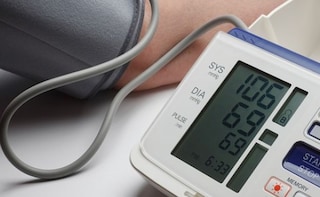World Hypertension 2017 calls for experts from all over the world to share information and spread awareness about the growing menace of high blood pressure. Not only are incidents of high BP increasingly common these days but are also leading to a growing trend of cardiovascular ailments. While in some cases hypertension can be inherited, most other instances are the outcome of poor lifestyle and eating habits. Let us take a look at the basics of hypertension, some key facts about the condition and what can you include in your daily diet to manage high BP better.
6. One third of the total South East Asian population suffers from hypertension.7. Almost 60% diabetics also struggle with high blood pressure.8. Lack or inadequacy of potassium can be one of the contributing factors.9. Hypertension can be hereditary.10. Although hypertension has no symptoms, a person with elevated blood pressure may feel nausea, fatigue, muscle tremors, chest pain and anxiety.Foods that helpSome of the food items that you can safely include in your daily diet to help curb high blood pressure would include beetroot, spinach, celery, oranges, oatmeal, sunflower seeds, watermelon, avocados and bananas. Ideally, your diet must be a healthy mix of foods rich in potassium, magnesium, calcium and low in sodium. However, you must avoid full-fat dairy products as they may contribute to increasing you BP. Opt for low-fat dairy products or milk alternatives instead. Get in touch with your doctor to understand more about how you can control hypertension naturally through a balanced diet. Don't forget to exercise regularly.
Advertisement
Advertisement
6. One third of the total South East Asian population suffers from hypertension.7. Almost 60% diabetics also struggle with high blood pressure.
Advertisement
Advertisement
For the latest food news, health tips and recipes, like us on Facebook or follow us on Twitter and YouTube.
Advertisement
